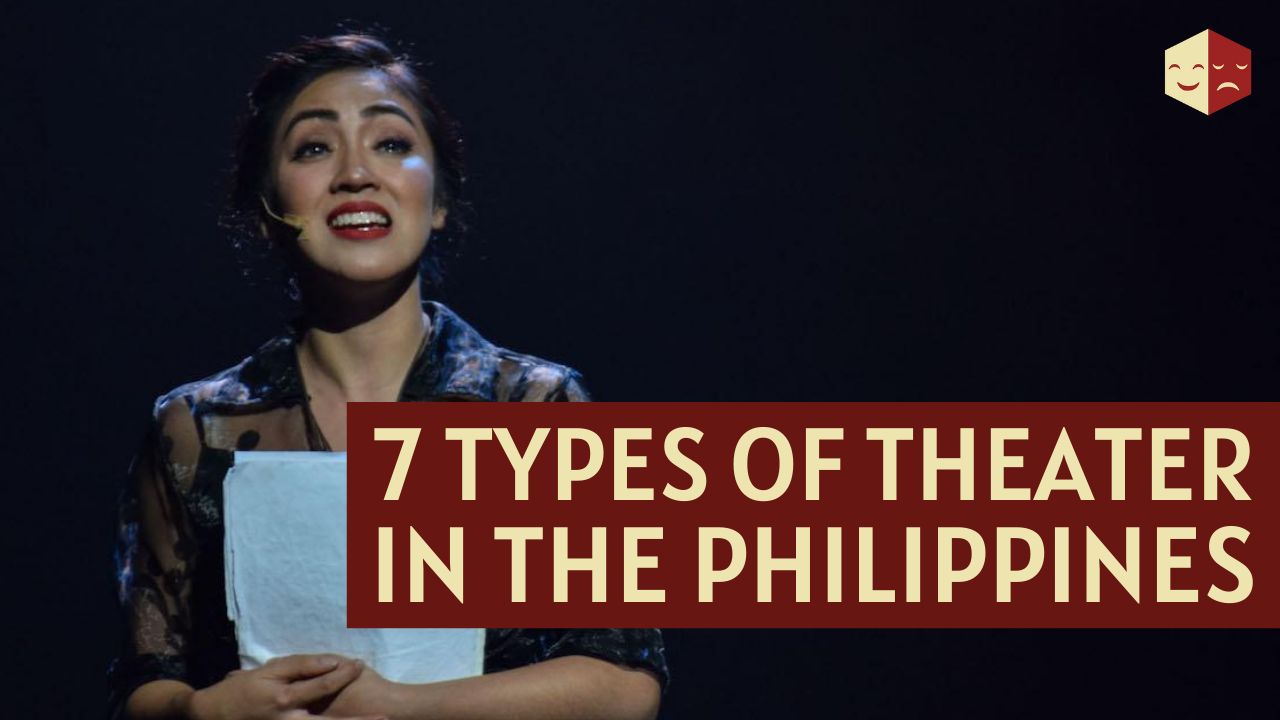
WATCH: 7 Types of Theater in the Philippines
Long before the different forms of theater we enjoy today, like straight plays and musicals largely influenced by the West, the Philippines has had many types of theater through the years. It’s a rich performing arts tradition – from folk legends passed down through generations to intellectual debates as performance art; from pagan practices to the deeply religious celebrations influenced by years of colonization, here’s a look back through the colorful history and evolution of theater in the Philippines.
1. Epic poetry
Epic poetry is considered the highest point of Filipino folk literature, and dates back to the pre-colonial period. These epics, usually of romance or adventure, are commonly presented during festivals and gatherings such as weddings, baptisms, and wakes. Singers have been known to perform for hours at a time. One of the most famous epic poems is Biag ni Lam-ang, the national epic of the Ilocano people, and notable for being the first folk epic to be recorded in written form after being passed on from generation to generation.
2. Duplo
The duplo is a poetic debate presented through song and dance, which originated from indigenous courtship customs. Poets used proverbs and riddles to present their suit to the woman of their choice. This ultimately evolved into a more formal debate on issues, and started to be called the balagtasan.
3. Moro-moro

Moro-moro from Brittanica.com
For a time, one of the most popular types of theater in the Philippines was the Moros y Cristianos, which is not surprising for a country that was under Spanish rule for 300 years. Commonly called moro-moro, it is a street drama that usually lasted for several days, and presented both secular themes like love and vengeance, and the Spanish-influenced religious theme of the conflict between Christians and Moors. The moro-moro only survives in isolated towns today, and though an integral part of Filipino art history, it may not bear too much close scrutiny these days with its less than admirable depictions of intolerance.
4. Senakulo
Another performing art stemming from religious custom is the senakulo or Passion Play. This is the dramatization of the life and death of Jesus Christ and is usually presented as a community activity during the Lenten season. This still endures to the present, ranging from simple productions to more technically sophisticated and modernized versions.
5. Traditional Folk Dance
With its varied cultures and communities throughout its 7000 islands, the Philippines has a diverse collection of folk dances. Some of the most popular folk dances are the Singkil, a folk dance that originated from the Maranao people of Lake Lanao in Mindanao, from the epic legend Darangen; the Itik-Itik, which originated as an improvised dance in Surigao del Sur and was discovered by National Artist for Dance Francisca Reyes-Aquino; and the Tinikling, which is similar to Singkil with its use of bamboo poles that dancers must weave through. It is supposed to mimic the movement of the local tikling birds.
6. Bodabil
It sounds like “vaudeville”, and it is. This form of theater was an American import in the pre-war era, but became uniquely Filipino with the indigenization of the name. Like its American counterpart, bodabil featured a variety of musical numbers, comedic and dramatic skits, and song and dance numbers. Popular Filipino performers such as Dolphy, Anita Linda, and sarsuwela legend Atang de la Rama got their start in bodabil. It has since died out with the rise of cinema, but its influence can still be felt in television variety shows.
7. Sarsuwela
The sarsuwela is a type of melodrama, usually in three acts, that uses alternately spoken and sung words. It was the Spanish influence that started the sarsuwela, but it was also this colonization that led Filipinos to incorporate nationalistic overtones in the art. This resulted in the arrest of several prominent writers such as Aurelio Tolentino and Pascual Poblete, and eventually, the shutdown of sarsuwela companies during the American occupation. As proof of its importance in Philippine culture, in 2011 the National Commission for Culture and the Arts designated the sarsuwela as a nominee for the UNESCO Intangible Cultural Heritage lists.
